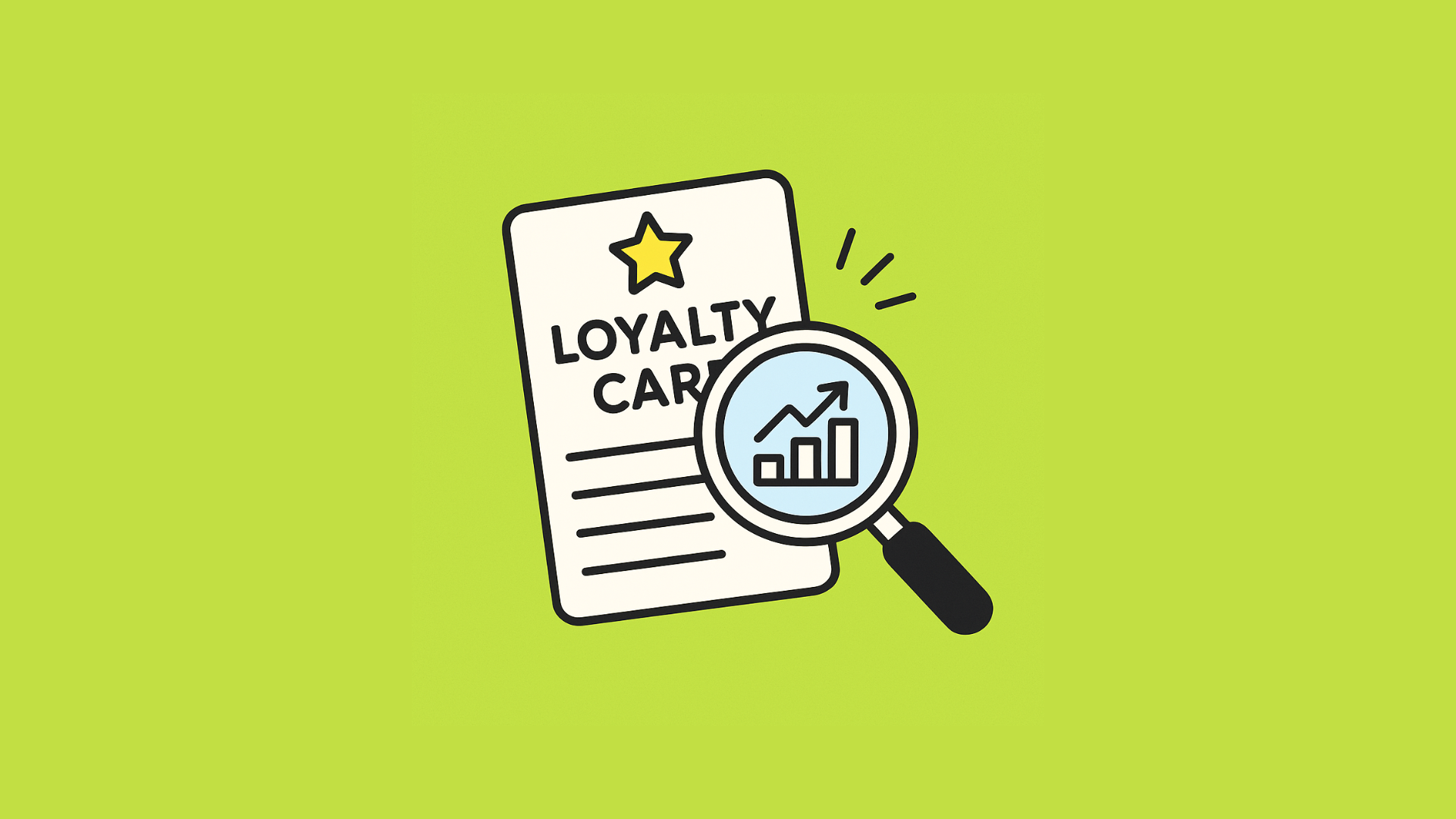You’ve built a loyalty program. Customers swipe cards or scan apps. You track points, tiers, and redemptions. Yet most of that data sits untouched in your system—until you realize its real power. Unleashing the potential of customer loyalty data analysis is crucial for modern businesses. Below are five high-value insights hiding in your loyalty data and how to put them to work today.
Five High-Value Insights from Customer Loyalty Data Analysis
1. Purchase Frequency vs. Churn Signals
What you have:
Dates and counts of each member’s visits and purchases.
Why it matters:
A sudden drop in frequency often precedes churn. If Emma went from shopping weekly to once a month, she’s at risk.
Action now:
- Run a simple query for members whose visit gap exceeds their average interval by 50%.
- Send personalized “We miss you” offers or reminders before they slip away.
A sudden drop in frequency often precedes churn. Effective customer loyalty data analysis can flag such at-risk customers, allowing you to send personalized ‘We miss you’ offers before they slip away.
2. Basket Composition and Upsell Opportunities
What you have:
Itemized purchase histories for each loyalty member. Understanding common item pairings (e.g., shampoo + conditioner) reveals natural upsell bundles. This type of customer loyalty data analysis can drive significant incremental revenue by helping you build “Bundle Deals” in your POS or online store.
Why it matters:
Understanding common item pairings (e.g., shampoo + conditioner) reveals natural upsell bundles.
Action now:
- Identify top 5 product pairs in the last quarter.
- Build “Bundle Deals” in your POS or online store that match these pairs—offered automatically at checkout.
3. Reward Redemption Patterns
What you have:
Data on which rewards members actually redeem and when. If most members redeem only low-value perks, your program may be under-engaging—a key insight gained from customer loyalty data analysis of reward patterns.
Why it matters:
If most members redeem only low‑value perks, your program may be under‑engaging—and you’re missing chances to drive higher spend.
Action now:
- Segment members by redemption tier: light redeemers vs. heavy redeemers.
- Test a mid‑tier reward (e.g., free add‑on item instead of 5% off) targeted to the “light” group and track lift in basket size.
4. Channel Preferences and Stock Alignment
What you have:
Records of whether redemptions and visits happen in‑store, online, or via mobile.
Why it matters:
A surge in app redemptions hints that customers prefer digital touchpoints. Yet if your online inventory differs from in‑store, you risk disappointing them.
Action now:
- Compare redemption channels by member cohort.
- Sync your top‑redeemed items’ stock levels across channels to ensure availability where it’s most used.
5. Feedback Loop via Redemption Comments
What you have:
Any notes or feedback fields members fill in when redeeming or contacting support.
Why it matters:
These comments often contain direct clues—“Wish you had more eco‑friendly options” or “Please carry larger sizes.”
Action now:
- Export and analyze comment fields for common keywords.
- Prioritize inventory or promotion changes based on these direct customer requests.
Putting It All Together
Properly implemented ERP systems alleviate the workload by automating routine tasks, centralizing data, and guiding workflows. In doing so, they let your existing team handle more volume with greater accuracy—delivering a powerful, tangible ROI that goes beyond efficiency and directly into headcount savings, which is essentially ERP headcount reduction.
- Extract Loyalty Reports: Pull purchase frequency, basket items, redemption data, channel mix, and comment fields from your CRM or POS.
- Use Simple Tools: Even basic spreadsheet pivots or free BI tools can reveal the patterns above.
- Run Targeted Campaigns: Build email/SMS automations around each insight—reactivation for churn signals, bundle offers for upsells, new reward tiers for redemption patterns.
- Measure and Iterate: Track engagement uplift and revenue impact. Tweak your thresholds and offers monthly.
Why It’s a Game Changer
- Incremental Revenue: Personalized offers convert at higher rates.
- Inventory Efficiency: Stock aligns with true demand.
- Customer Experience: Shoppers feel heard and valued.
- Faster ROI: You’re using data you already have—no new systems needed.
Start today by exporting your loyalty frequency report. Look for that first early‑warning gap—reach out before customers forget you exist. Because the data’s been waiting. Now it’s your turn to use it.





